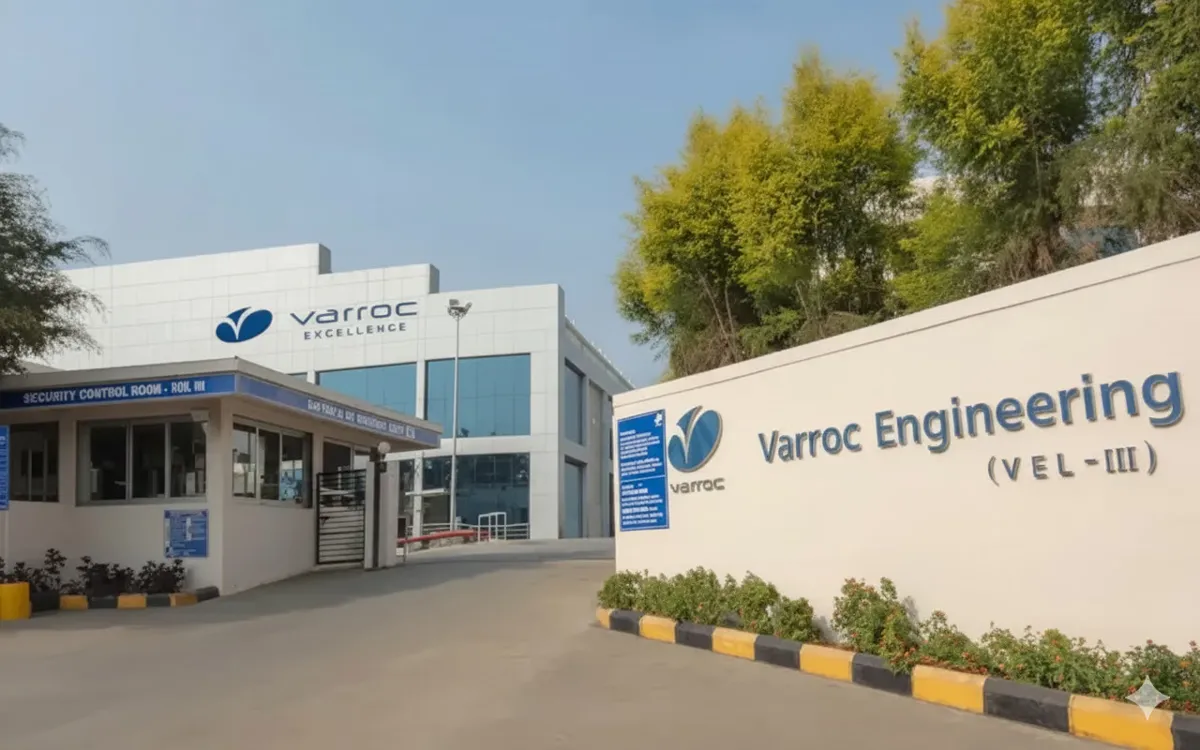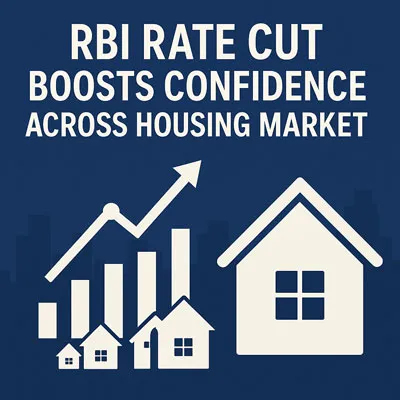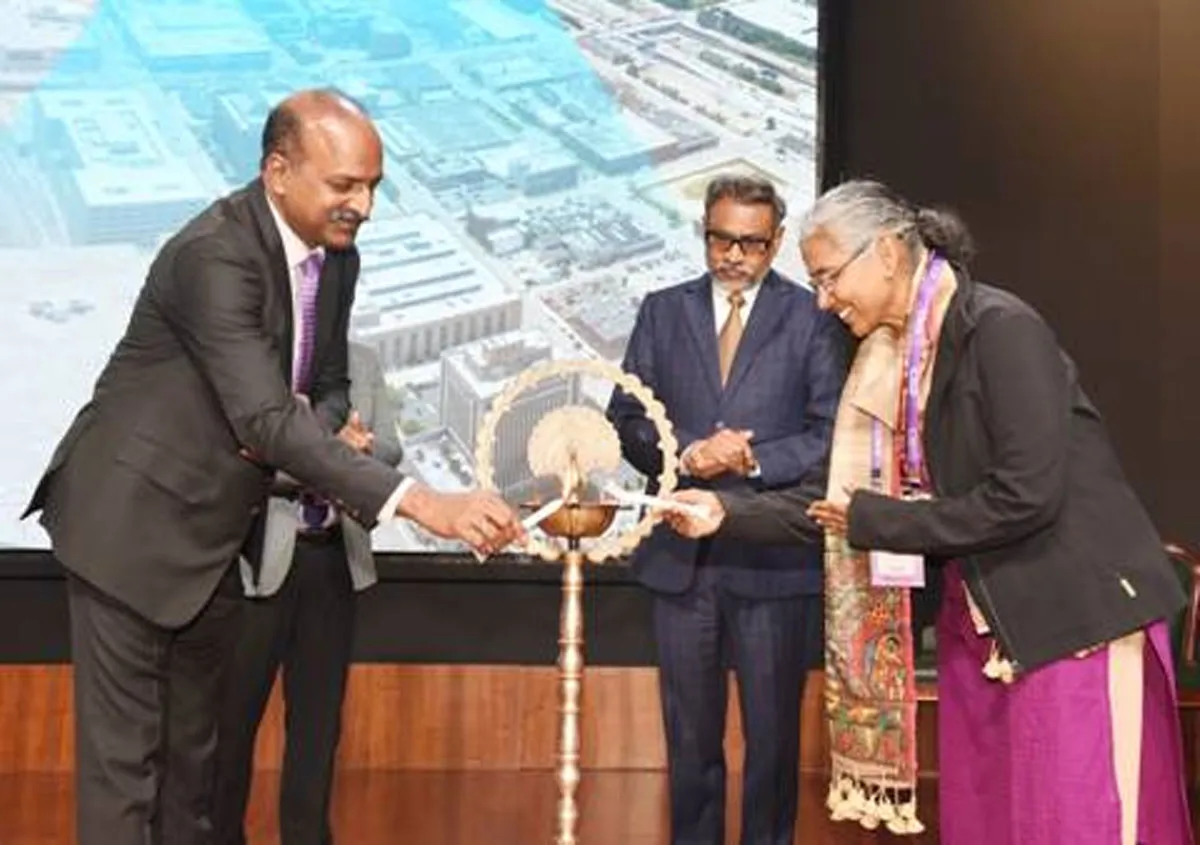Varroc Engineering Ltd. (Varroc), the global tier-I auto components manufacturer, has announced its results for the quarter ended 30 September 2025. Chairman and Managing Director Tarang Jain said the company continued to strengthen its financial and operational footing amid a volatile global environment.
He noted that the Indian economy remains robust, with real GDP growing 7.8 per cent in the April–June 2025 quarter and inflation moderating steadily. However, globally, rising tariff barriers, supply-chain constraints and geopolitical tensions have heightened uncertainty, pushing companies to focus on resilience, regionalisation and operational agility. Jain said Varroc has been working to make its organisation more agile, customer-focused and financially disciplined to navigate these conditions.
Over the past three years, following its divestment exercise, Varroc has emphasised free cash flow generation, cost reduction and debt reduction. Net debt-to-EBITDA has dropped from over 2x in FY23 to below 0.3x, while interest costs have reduced from nearly 3 per cent of revenue in Q2 FY23 to below 1.5 per cent in Q2 FY26. Gross margins have improved by almost one per cent, manpower costs have moderated following organisational delayering, and PBT margins have risen from 1.1 per cent to over 4 per cent.
Jain highlighted that Varroc’s EV product portfolio has scaled significantly, now contributing more than 11 per cent of revenue. The company is also experimenting with AI in quality inspection and corporate functions, while working on working-capital optimisation and throughput improvements.
Varroc’s growth strategy is built on three pillars:
CASE-driven opportunities in connected, autonomous, shared and electric mobility, with a focus on e-mobility, connectivity and ADAS.
Business-portfolio management, including the decision to exit manufacturing in China following an arbitration outcome and shifting to Thailand to leverage its strong automotive manufacturing ecosystem.
Adjacency expansion, including growth in aftermarket, exports and non-auto businesses, both organically and through M&A.
Jain said these initiatives have strengthened free cash flow and improved return ratios, with ROCE rising to 23.6 per cent in Q2 FY26 from 12 per cent in FY23.
Industry Context and Q2FY26 Performance
Automotive production in India recorded strong growth in Q2 FY26 due to a buoyant economy and an early festive season. Year-on-year, two-wheelers grew 10.6 per cent, three-wheelers 18.3 per cent, passenger vehicles 4.2 per cent and commercial vehicles 11.8 per cent. On a sequential basis, most segments also recorded growth.
Varroc posted consolidated revenue of Rs 22.7 billion in Q2 FY26, up 6.1 per cent year-on-year, with India operations growing 7 per cent. Revenue was impacted by an industry-wide rare-earth materials shortage, resulting in a revenue loss of approximately Rs 750 million; otherwise, India growth would have been 11.8 per cent. The establishment of an overseas R&D centre to support four-wheeler lighting and electronics has increased employee costs since Q1 FY26. EBITDA stood at 9.1 per cent, compared with 9.7 per cent a year earlier, while PBT before JV profits was 4.1 per cent versus 4.3 per cent in Q2 FY25.
India operations delivered strong results, with EBITDA at 11.5 per cent and PBT above 7 per cent, improving both year-on-year and sequentially. Overseas electronics, lighting and forging businesses continue to face headwinds due to customer concentration and macroeconomic conditions, but significant new orders have already been secured, and a turnaround is expected from H2 FY27.
Balance Sheet and Order Wins
Net debt fell by Rs 3.68 billion in H1 FY26, bringing the net-debt-to-equity ratio below 0.22x. Absolute net debt now stands at Rs 3.8 billion. With growth-related investments planned in the second half, debt reduction will continue but at a more moderate pace.
The company achieved net new business wins with peak annualised revenues of Rs 8.93 billion in H1 FY26, including major lighting contracts for passenger vehicles and expanded volumes from key EV customers. Varroc also expects to secure high-voltage electronics orders for advanced e-powertrain components for its Romanian business by year-end.
Jain concluded that Varroc remains focused on staying agile, managing uncertainties and driving sustainable growth in a rapidly evolving automotive landscape.





















